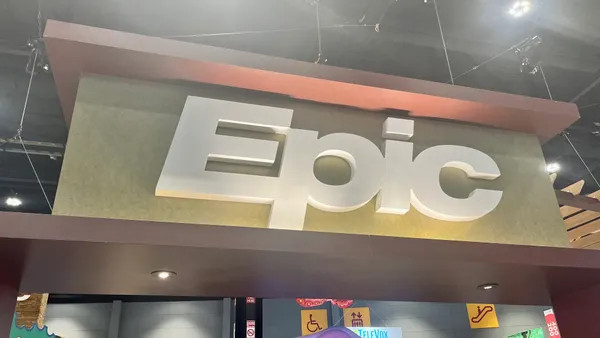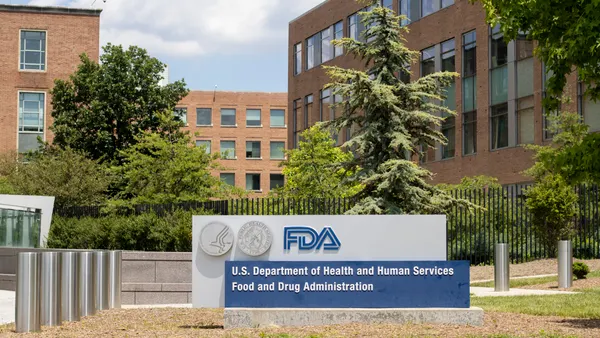In healthcare payments, speed matters. Scale matters. But connection matters most.
It’s not about sending a faster ACH — it’s about building the infrastructure that simplifies claim payments for every party involved. One that orchestrates how payment and remittance data flows across healthcare ecosystems accurately, securely, and at scale.
Payment connectivity is the essential link — bringing together claim systems, medical bill reviewers, processors, banks, clearinghouses, provider portals, and compliance into one integrated network.
When this vital infrastructure is missing or fragmented, costs rise, complexity multiplies, and provider satisfaction erodes. But when supported by an extensive payment network and unified through a single platform, payment connectivity delivers four critical benefits.
1. Cost Savings: Eliminating Waste Through Connection
Fragmented systems create hidden costs through duplicated integrations, unnecessary paper, manual errors, and wasted IT cycles. With real connectivity, those costs can disappear.
According to the 2024 CAQH Index, electronic claim payments drove $828 million in savings for health and dental plans — a clear case for digital transformation. But the benefits go further. With a centralized payment infrastructure, payers avoid building dozens of custom integrations and gain the ability to scale new payment options in minutes, not months.
The impact is system-wide: reduced overhead in payment operations, fewer provider support calls, and streamlined workflows. The economics are clear: payment connectivity pays for itself in savings and efficiency.
2. Optimized Operations: Replacing Complexity with Connection
Payers work with thousands of providers, each with their own payment preferences, differing bank accounts, and varying remittance formats. In fragmented systems, this leads to delayed payments, manual reconciliation, provider frustration, and rising administrative and support costs.
Payment connectivity can eliminate this complexity by centralizing connections into a single, unified infrastructure. It enables payment automation, supports multiple payment types and provides real-time visibility into payment activity.
With true payment connectivity, payments and remittances move together — landing where, how, and when they should.
3. Provider Satisfaction: Building Trust Through the Payment Experience
Payment connectivity enables payers to design payment experiences that actively benefit providers. Through a unified payment network, provider payment preferences are automated and reconciliation data flows seamlessly.
For providers, this means less time waiting for checks, fewer delays in reconciliation, and more reliable cash flow. Payment connectivity gives payers the tools to:
- Automatically apply provider payment preferences
- Ensure complete and timely remittance data
- Reduce delays and exceptions that frustrate providers
With a better experience for providers, payers can reduce longstanding payment friction to improve provider retention and satisfaction scores.
4. Regulatory Compliance and Security: Strength in Scale
Disconnected systems and manual processes create more than inefficiency, they increase exposure to risk.
A strategic, expansive digital payment network changes that. With the right security protocols and aggregating data across the ecosystem, security and compliance teams have the visibility to spot irregularities early and proactively flag potential fraud at a scale siloed systems can’t match — protecting both payers and providers from financial and reputational harm.
In addition, standards-based payment connectivity ensures the secure exchange of sensitive financial, clinical, and claims data. Every transaction is encrypted, every remittance follows HIPAA-compliant formats like the 835, and every workflow ties seamlessly into risk and audit controls. Advanced networks go further in flagging anomalies, detecting fraud patterns, and ensuring data security.
With true payment connectivity, compliance and security become built-in advantages that scale with every transaction.
Turning Connectivity into Digital Adoption
Payment connectivity is central to provider adoption. Like any network, its value grows exponentially as more participants join. The same dynamic applies to payment connectivity: provider adoption rises for payers due to the number of digital payment acceptors already on the payment network. The impact is measurable. Digital adoption often accelerates from the industry average of 60–70% to more than 90% within just weeks of implementation.
Payment Infrastructure is the Link to a Strategic Advantage
A well-designed payment infrastructure delivers lasting strategic value. It eliminates fragmentation, reduces cost, strengthens provider relationships, and builds security and compliance into the core of every transaction.
With the right payment infrastructure, payers can do more than make payments. They can streamline operations, drive digital adoption, and build trust with providers.










